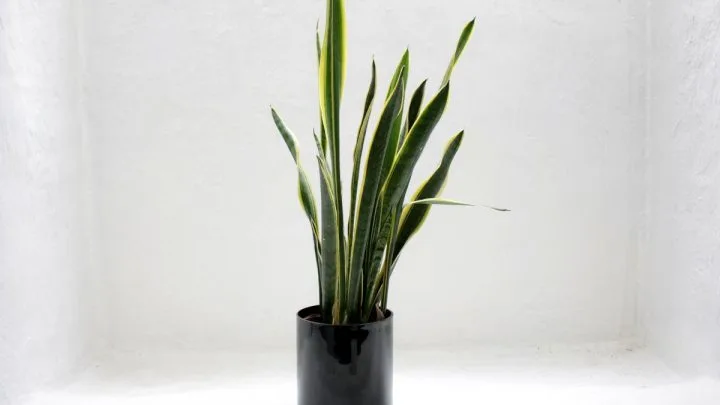A rare snake plant is also known under different names. Some of them are Mother-in-law’s tongue, Saint George’s sword, viper’s bowstring hemp, and others. But the official name is Dracaena trifasciata (Sansevieria trifasciata) in the family Asparagaceae.
These plants are easy to grow and very likable indoor plants! They grow in very bright light or near the dark corners of the house.
But if you want to learn more about their care guide, stay with us because today we’re going to discuss exactly that.
We’re going to talk about the rare snake plant care guide and once we’re done, you’ll be the master of it.
I hope that coffee is ready. Let’s start.
Learn About Rare Snake Plant Varieties
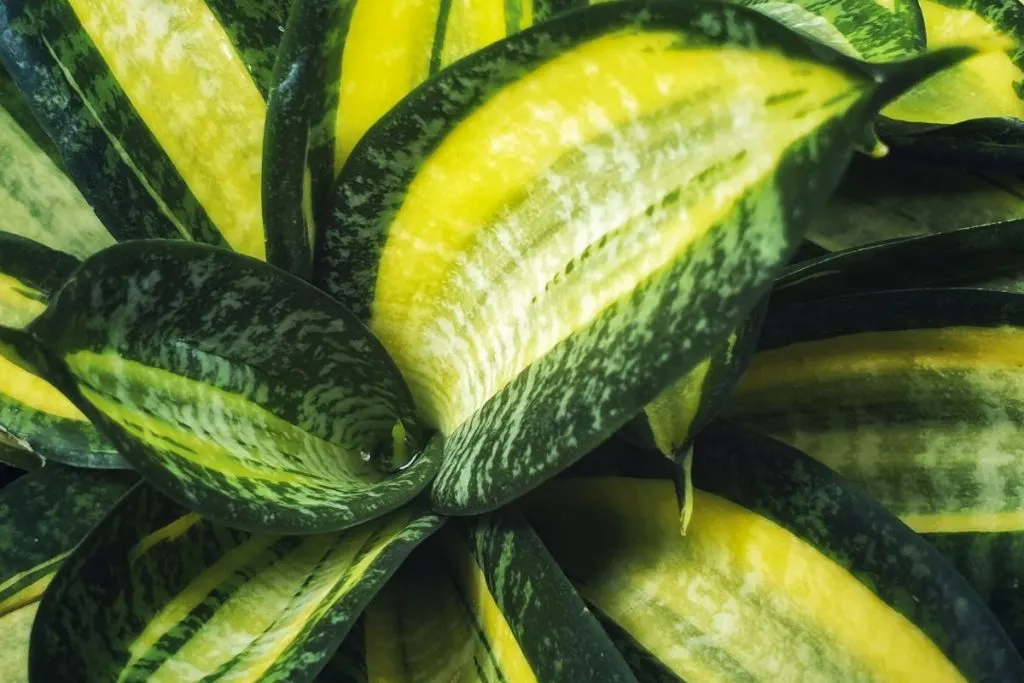
Snake plants are drought tolerant and incredibly careless, somehow keeping their ability to stay fresh and vibrant.
However, due to the strange color and shape of the leaves, they can be difficult to distinguish from the following varieties.
Snake plants have always been classified in the genus Sansevieria. From minimalist styles to dramatic styles, here are ten less-known snake plants:
- Sansevieria Tripasiata ‘Moonlight’
- Sansevieria Tripasiata ‘Sensation of Vantel’
- Sansevieria Metallica ‘Siam Silver’
- Sansevieria aubrytiana ‘Sayuri’
- Sansevieria trifasciata ‘Black Dragon’
- Sansevieria ehrenbergii ‘Samurai’
- Sansevieria trifasciata ‘Golden Fang’
- Sansevieria trifasciata ‘Blue’
- Sansevieria ‘Golden hahnii’
- Dracaena eilensis ‘Chahin’
All these varieties have dark green leaves, no matter which snake plant varieties we’re talking about, from the ‘Golden hahnii’ to the one called ‘Moonlight’. Depending on your settings (home settings) they won’t all do well.
Due to that, let’s now learn and find out more about its leading care guide.
Watering Snake Plants
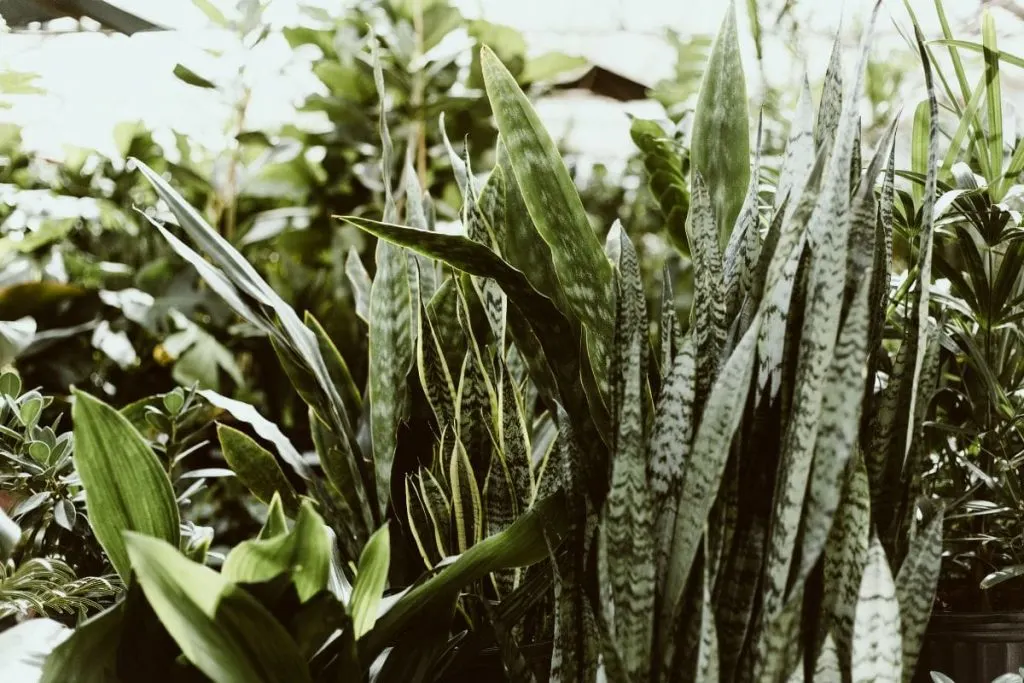
How often to water a snake plant? Allow the soil to dry between waterings. Reduce water monthly or when the soil is dry in winter. Too much water can damage these plants so be careful.
You can always dip your finger in the pot to check the soil. If it’s dry at the top, water it a bit but of course, don’t let the soil dry too much.
Right Light For Rare Snake Plants
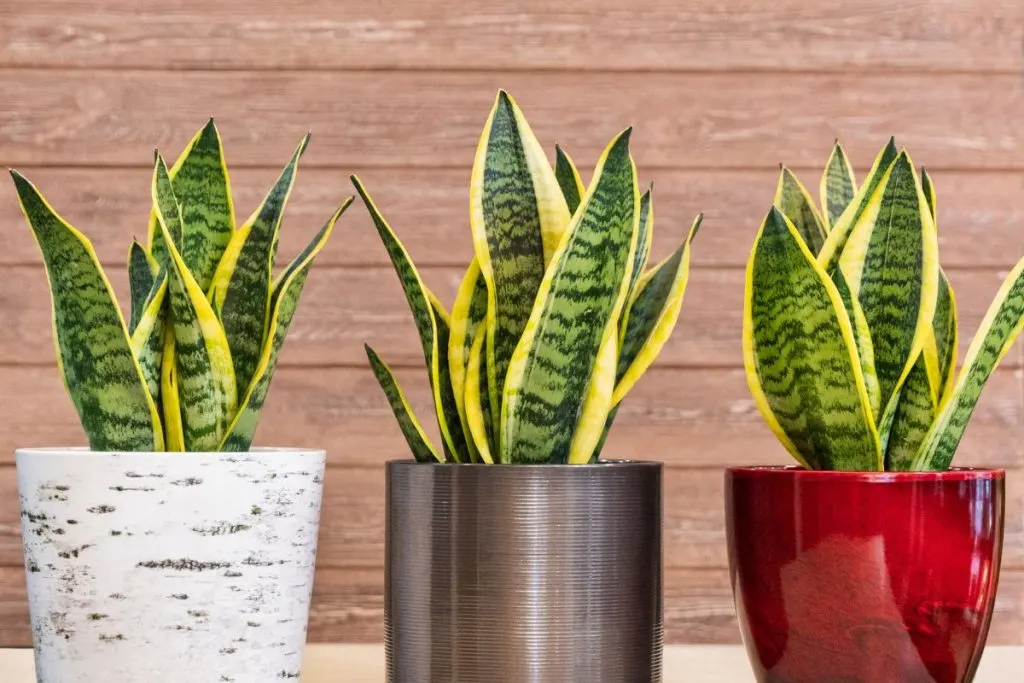
Snake plants prefer constant light to indirect light but no direct sunlight. They can adapt to full sun and can survive in low light conditions.
Once you enhance the quality of light to this plant it will just keep growing! Of course, don’t expect it to grow tall since its maximum height is 3 feet.
Soil Type For These Rare Plants
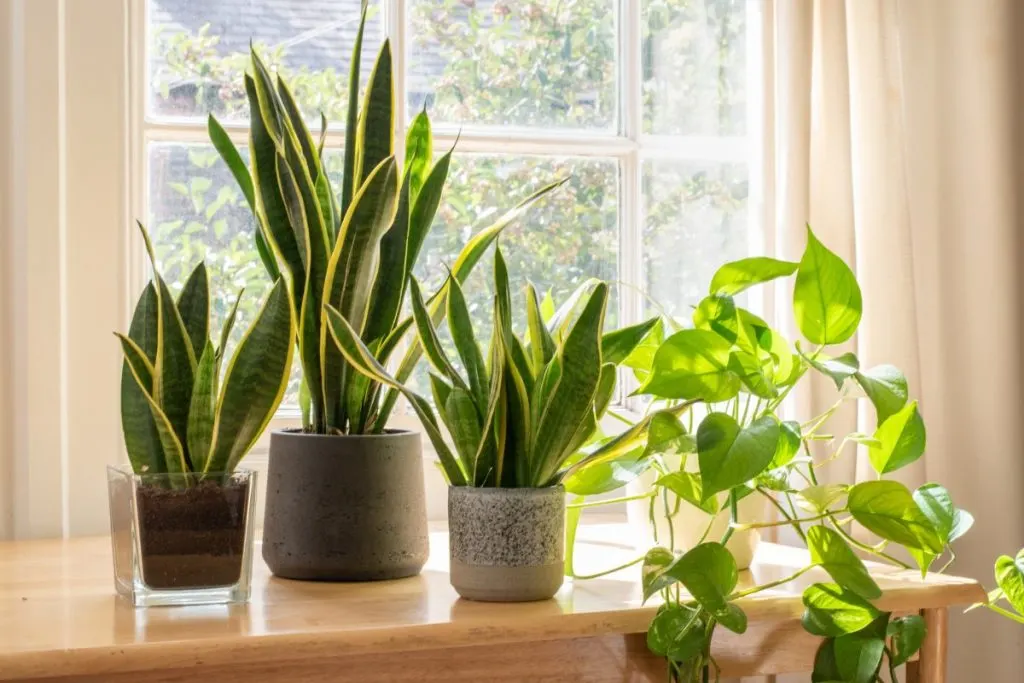
Snake plants prefer loose, well-drained soil. This plant grows well on sandy soils. Use a low peat culture medium.
Snake plant works well in most situations but can be densely packed and sometimes has problems with rehydration or drainage. Versatile cactus soil is a good choice.
Fertilizer For Snake Plant
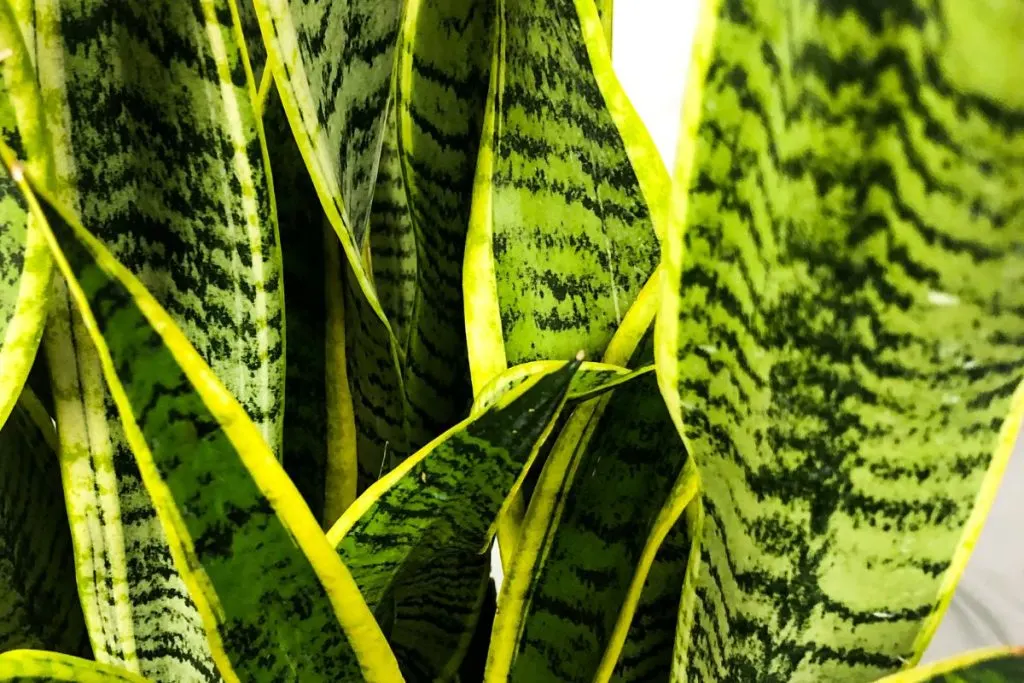
During the growing season, apply a light cactus fertilizer or a liquid fertilizer balanced 10-10-10 or 20-20-20 diluted to half concentration.
The plant sometimes “chooses to reject” the fertilizer, so do it again. Do not fertilize it in winter. Your best bet is with the light cactus fertilizer.
Just watch over time what is happening, and collect some data for yourself. That will make the search easier for the right fertilizer.
Learn All About Propagation Of Snake Plant Varieties
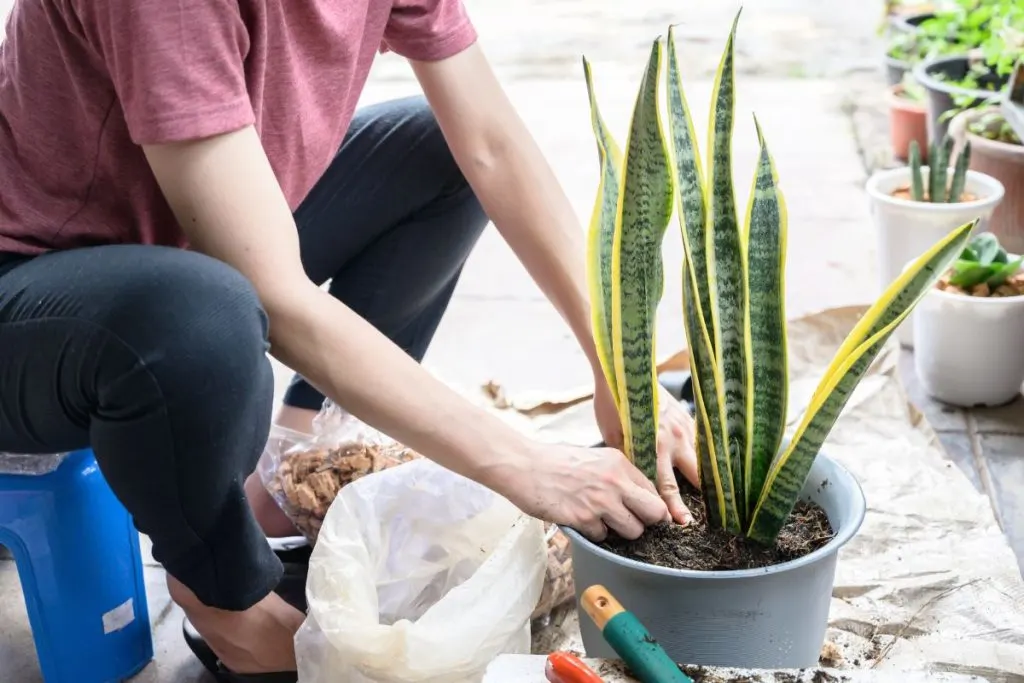
There are three easy ways to propagate a snake plant. You can grow snake plants in water, with cuttings, or from division.
For the propagation methods with cuttings and from division follow these instructions:
- Prepare a sharp knife, a clean pot, and potting soil.
- Remove lumps of root from the old pot and place the plant on a flat surface.
- Use your hands to gently remove dirt from the root structure or roots.
- Cut the plant into sections with a sharp knife, keeping the roots of each section.
- Cutting the plants does not kill them. Replant the new part of the snake plant in clean potting soil for cacti.
- Soak and place in partial sunlight.
It is almost the same with the snake plant varieties propagation in water. The only difference is that you put the plant part in water instead of soil and wait for it to start rooting. Keep in mind you have to change the water every couple of days.
Pruning Time For Snake Plants
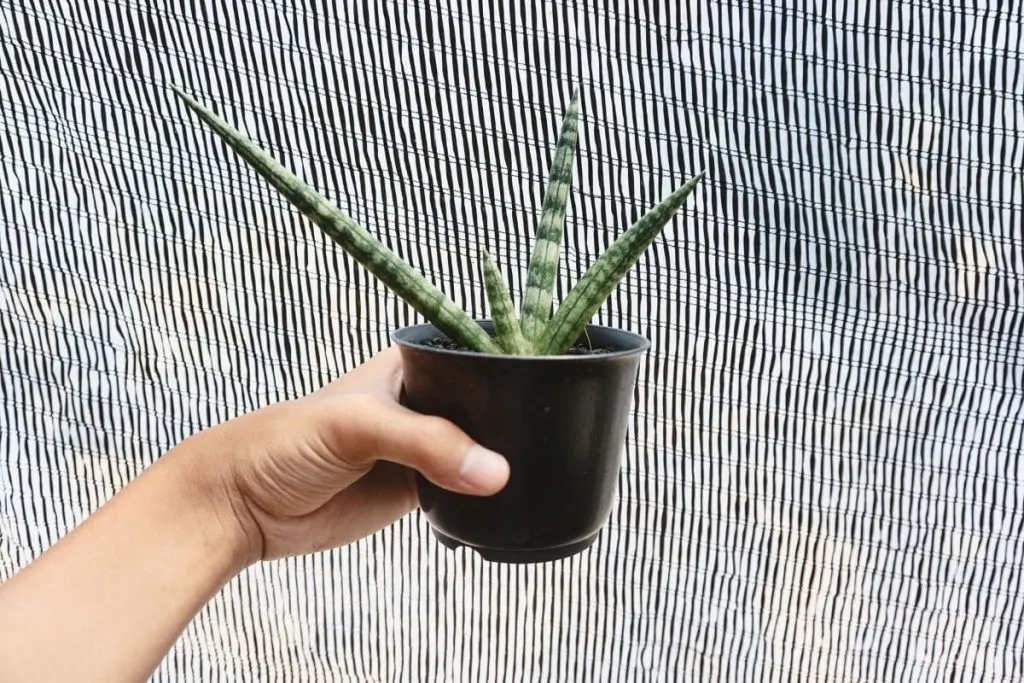
Remove the leaves from the ground line or encourage new growth by removing damaged or mature leaves using sterile scissors, scissors, or a sharp knife.
As our research shows the best time for pruning is during the growing season. You can cut it out of season, but it is best to do it while the plant is growing, as pruning can stress the plant.
Repot Time For Rare Snake Plant
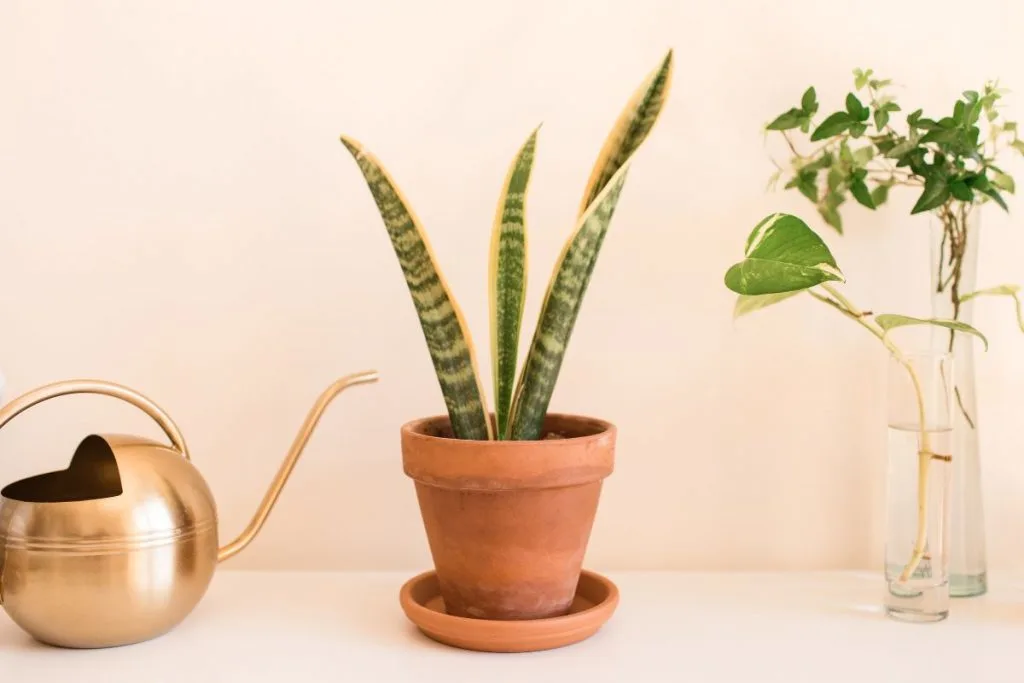
Dracaena is generally slow-growing and requires little or no replanting, but grows quickly with enough sunlight, so replanting or splitting is necessary.
The best time to transplant this plant is spring. Always use fresh potting soil, cactus potting mix, or a mixture of the two when decorating.
Pests Of Rare Snake Plant Varieties
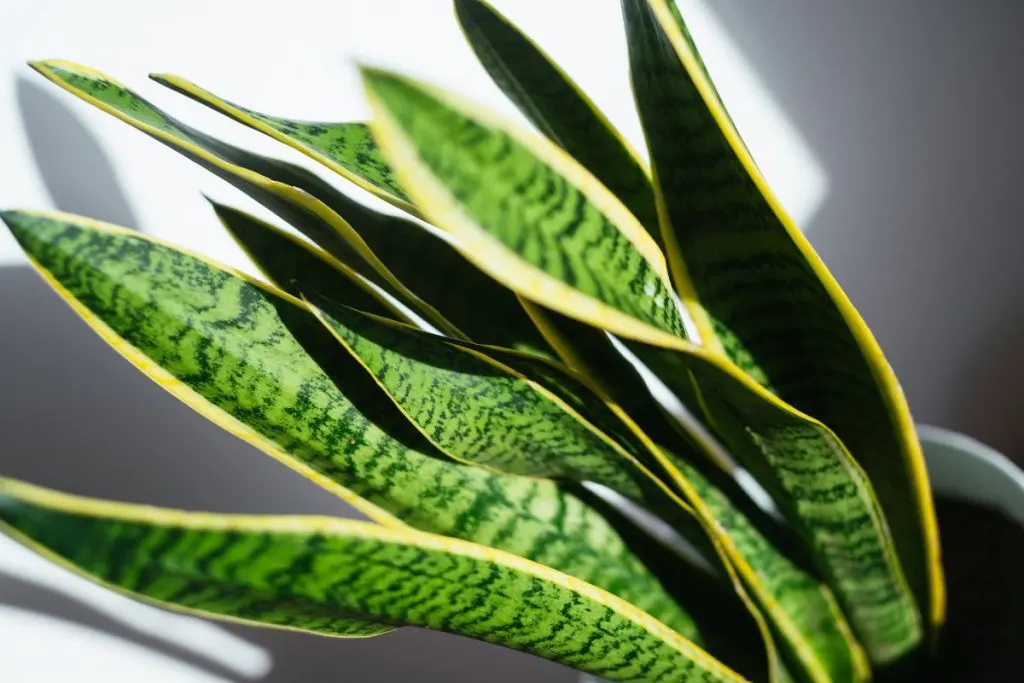
Rare snake plant varieties are vulnerable to many indoor plant pests, including scales, mosquitoes, mites, aphids, mosses, and whiteflies. Maintaining healthy plants can help prevent insect attacks.
Insects usually attack plants that suffer from environmental problems, such as inadequate water levels, humidity, and air circulation. If you see insects on the plants, remove them, run a light stream of water or use organic neem oil to get rid of them.
Snake Plant Yellow Leaves Issues
The leaves of healthy snake plants are dark green with silver or yellow stripes. Yellow or brown leaves can indicate various conditions, including excessive watering, pests, and root rot.
Proper management of water levels in plants can cure these diseases. Excessive watering can cause root rot and plant stress, making them vulnerable to pests.
Drooping Rare Snake Plant
The leaves of a healthy snake plant grow tall and straight, but too much water, insufficient light, or poor potting material can cause the plant’s leaves to fall off.
If you do not use well-drained soil, the soil will become moist and will affect the leaves. Move the plant to a brighter area, reduce watering and, if necessary, move the soil to a well-drained area.
That’s It About Almost Every Rare Snake Plant
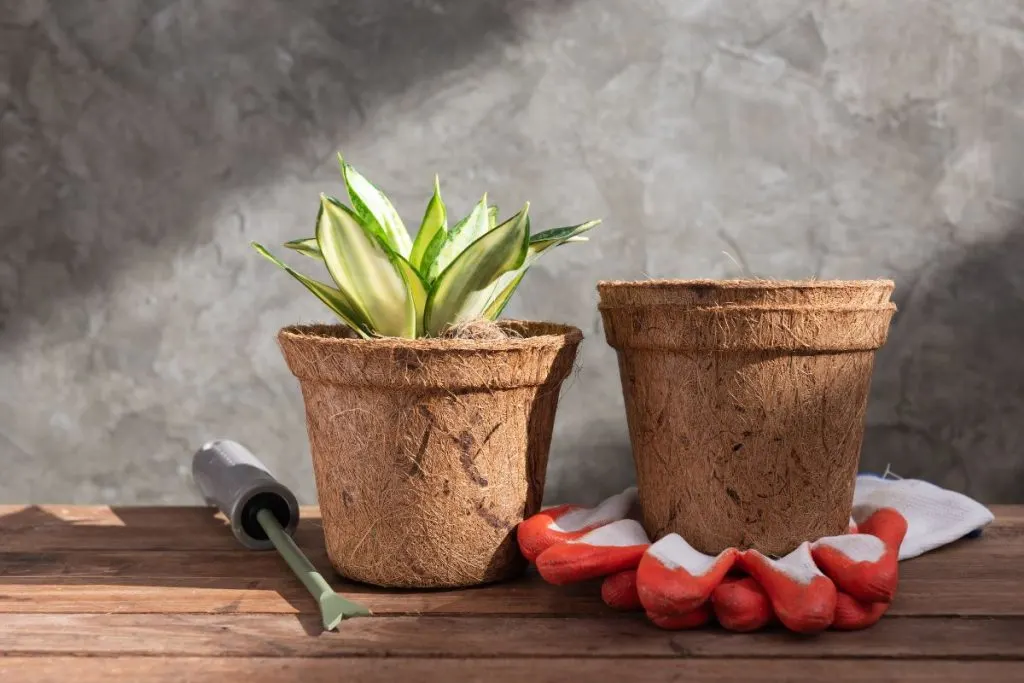
And we’ve come to an end of this lovely article. I hope you’ve learned everything you wanted to know about the rare snake plant in this article.
Now, you’re able to give your snake plant the best care that it truly deserves. In return, you’ll get amazing dark green leaves and a prettier interior. If you have any questions left, feel free to contact us!
See you soon darlings!

